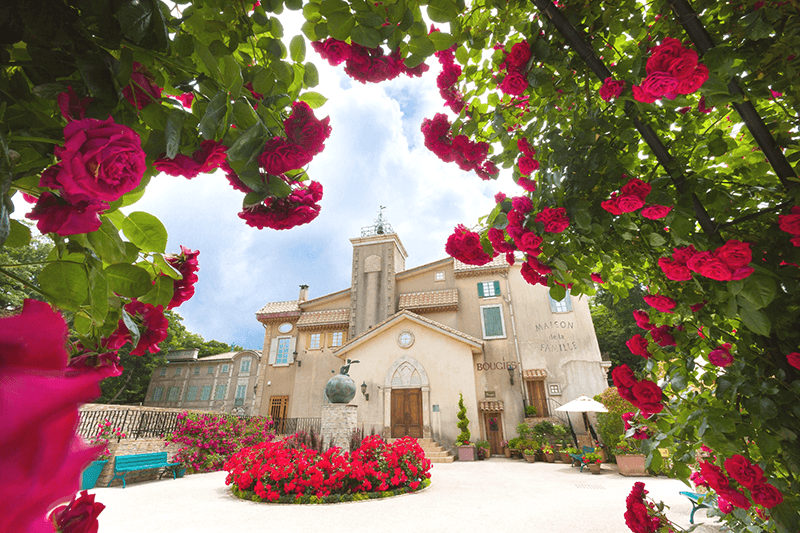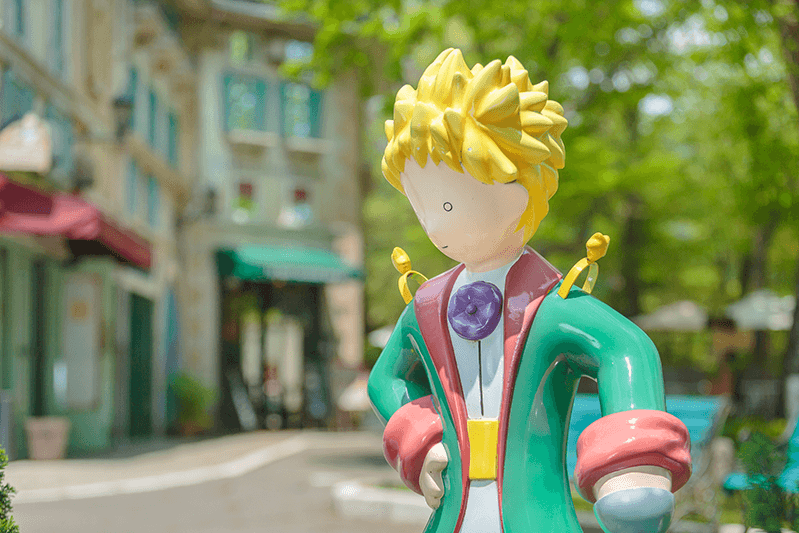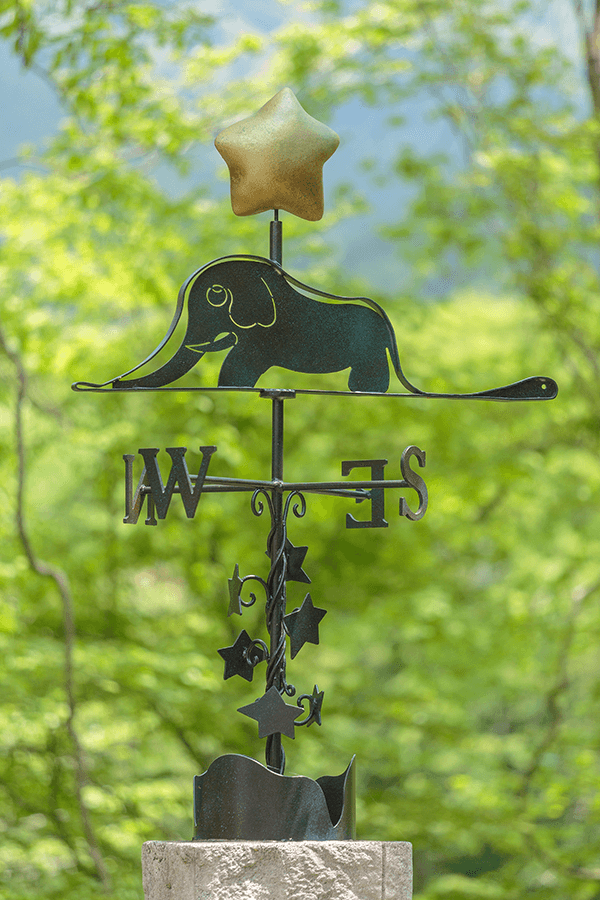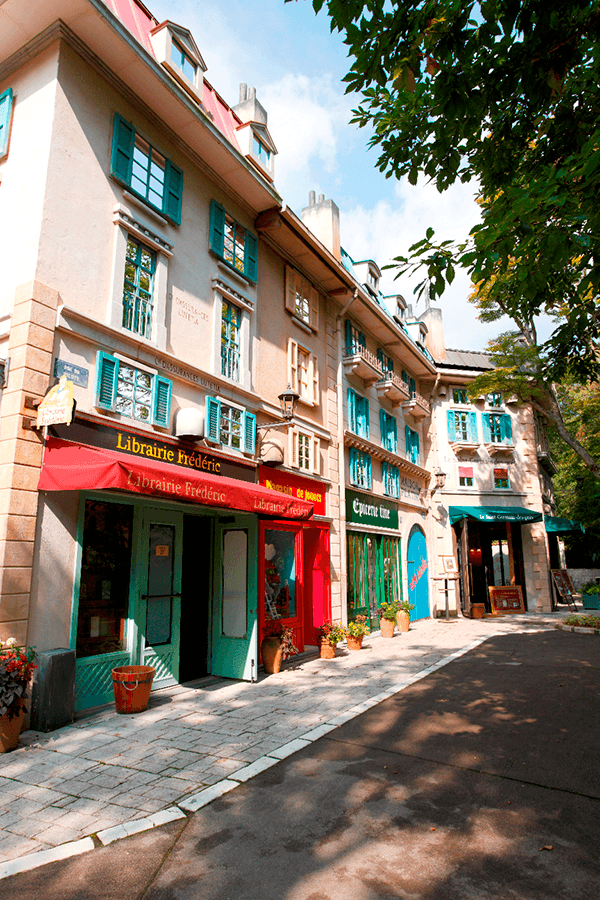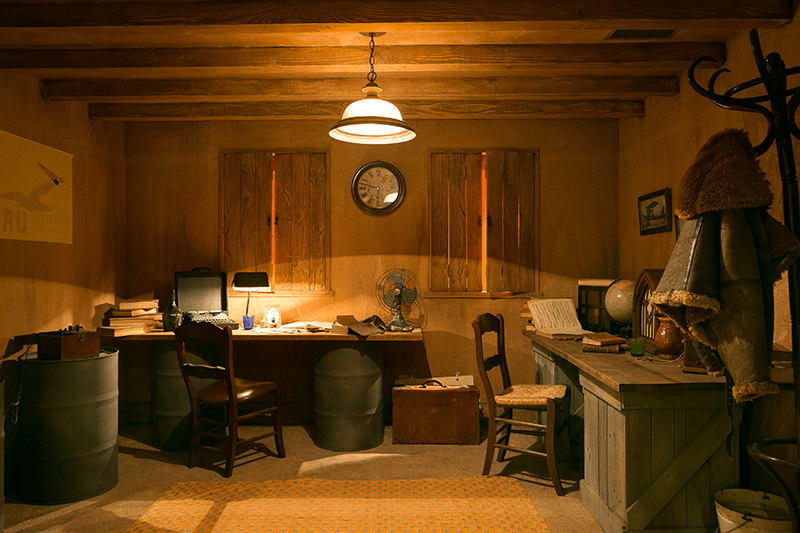The Museum of the Little Prince in Hakone offers a trip into outer space – and the inner workings of the human heart.
Since its publication in 1943, “The Little Prince” has captivated readers young and old with its charming illustrations, its wistful, tragic story, and its words of timeless wisdom, mostly delivered by a young boy who hails from a distant asteroid. The novella has been translated into more than 250 languages and has spawned dozens of movie and TV adaptations – as well as several ballets.
But, don’t judge this book by its cover: behind this “children’s tale for adults” is the compelling narrative of Antoine de Saint-Exupéry, the man who brought the story to life, and it is one that you can explore at The Museum of the Little Prince in Hakone.
As you enter the museum grounds you will find yourself in front of a reproduction of a Provençal manor like the one where Saint-Exupéry lived during his youth. It is also home to an expansive garden, created by the European-trained designer Keiko Yoshiya. It is known for its impressive rose garden and its collection of hydrangeas, but it has been planned to feature a variety of flowers throughout the year. During the winter months, the main building is illuminated with a whimsical projection mapping that recounts stories from the novel. As you make your way to a replica street scene with cobblestones and storefronts, you can find statues of the characters who populate the author’s best-known book.
The museum’s main exhibit is dedicated to the biography of Saint-Exupéry, whose life took him from an aristocratic birth to a career as a commercial and military pilot, and from the French city of Lyon to South America and North Africa. Room after room in the building depicts the many spaces around the world where the pilot and writer lived and worked: an office in Morocco, a bar in Buenos Aires, and a hotel room in New York, where Saint-Exupéry wrote “The Little Prince.” There is even a room meant to recreate the fuselage of one of the mail planes the Frenchman flew in the 1920s and 30s.
The exhibits contain reproductions of correspondence, juvenile drawings that bear a resemblance to the illustrations that would come to be known around the world, and displays that give insights into the real people and events that inspired “The Little Prince.” These include a profile of Consuelo Suncín de Sandoval, the Salvadoran woman Exupéry married in 1930; their tumultuous relationship was one of the most powerful dynamics in the Frenchman’s life.
The delightful Le Petit Prince restaurant serves French cuisine made from organic vegetables and fresh local produce at reasonable prices. Meanwhile, a wide range of gifts for the young – and the young at heart – can be found in the museum shop.
As one of the most cherished lines in Saint-Exupéry’s book goes, “All grown-ups were once children … but only few of them remember it.” A visit to The Museum of the Little Prince is likely to rekindle those youthful memories for months to come.
Sponsored Post
The Museum of the Little Prince
909 Sengokuhara, Hakone-machi, Ashigarashimo-gun, Kanagawa-ken
Admission: Adults: ¥1,500 Seniors/Students: ¥1,000 Juniors (6-15): ¥700
Hours: 9:00 am–6:00 pm
Web: www.tbs.co.jp/l-prince/en/
Updated On December 26, 2022

